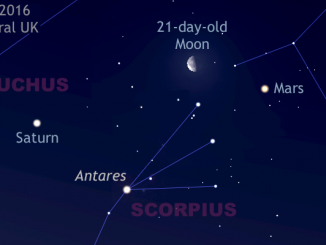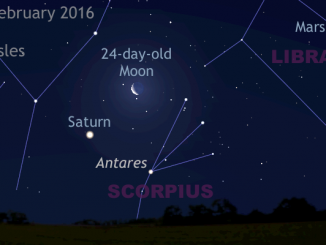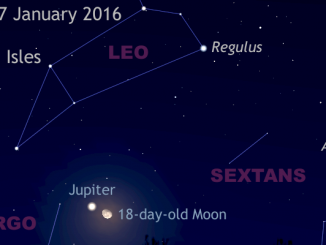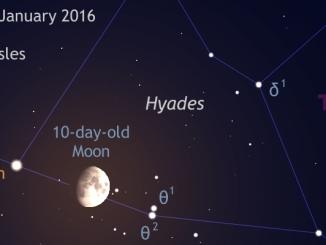
See Mars escape the claw of the Scorpion on 16 March
Now just ten weeks from opposition, Mars is growing in both apparent size and brightness in the pre-dawn sky as the distance between our two worlds decreases. On the morning of Wednesday, 16 March, around the onset of UK nautical twilight, the Red Planet passes just 0.15 degrees from double star Graffias in the constellation Scorpius.









